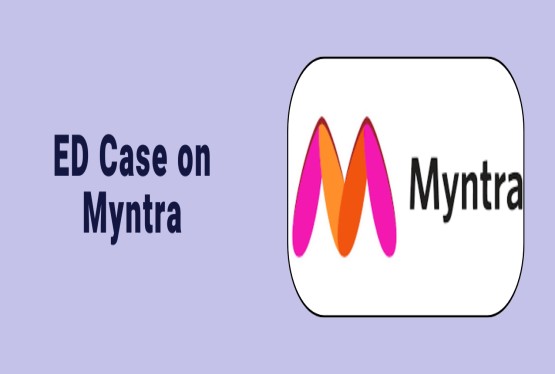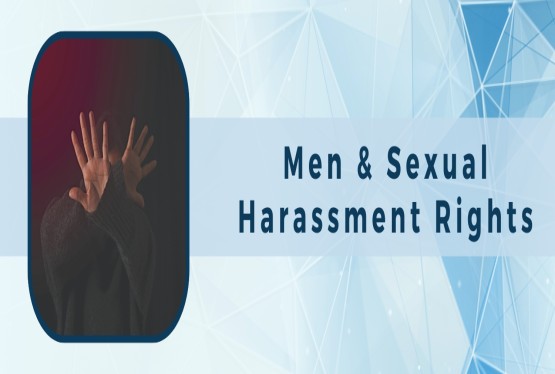Sexual harassment is a serious social issue that affects the dignity, safety, and rights of individuals, especially women. In India, the issue of sexual harassment has gained significant attention in recent years due to several high-profile cases and growing public awareness. This has led to the strengthening of legal frameworks aimed at preventing and addressing such misconduct. The Indian Constitution, along with specific legislations, provides a strong mechanism to protect individuals from sexual harassment in workplaces and public spaces. This article explains in detail the Articles on the Prevention of Sexual Harassment in the Indian Constitution, supporting laws, case laws, their importance, limitations, and the need for further reforms. It is written in simple language to help everyone understand the issue and legal protections available.
Sexual Harassment in the Indian Context
Sexual harassment refers to any unwelcome act or behaviour of a sexual nature, whether verbal, non-verbal, or physical. It includes inappropriate touching, making sexual remarks, sharing obscene content, staring, stalking, or pressuring someone into sexual acts. These actions create a hostile and unsafe environment for the victim.
Sexual harassment can take place anywhere — at the workplace, educational institutions, public transport, or even within homes. The Indian legal system recognizes the seriousness of such behaviour and provides various Articles on the Prevention of Sexual Harassment to protect individuals and punish offenders.
Articles on the Prevention of Sexual Harassment in the Indian Constitution
The following are some various articles on the prevention of Sexual Harassment in the Indian Constitution:
Article 14 – Right to Equality
Article 14 guarantees equality before the law and equal protection of the laws to all persons. This means that everyone is entitled to be treated equally, irrespective of their gender. Sexual harassment violates this right because it discriminates against individuals, especially women, by creating unequal and hostile environments.
Through this article, victims of sexual harassment can seek justice by claiming that their right to equality has been denied. It is a powerful tool for fighting gender-based discrimination in all forms, including harassment in workplaces and public areas.
Article 15 – Prohibition of Discrimination
Article 15 prohibits discrimination on the grounds of religion, race, caste, sex, or place of birth. It clearly includes sex as a protected ground, making gender-based discrimination, including sexual harassment, unconstitutional.
Under Article 15, the government is empowered to make special provisions for women and children to promote equality. This has led to the formation of laws that address sexual harassment, especially at workplaces. It also justifies affirmative actions like reserved seats for women in education and employment.
Article 21 – Right to Life and Personal Liberty
Article 21 ensures that no person shall be deprived of life or personal liberty except according to the procedure established by law. The courts have interpreted the “right to life” to include the right to live with dignity and the right to a safe environment.
Sexual harassment directly affects an individual's dignity and freedom. This article becomes relevant when a person in authority, such as an employer or a police officer, abuses their power and harasses a victim. In such cases, the victim can file a case under Article 21 for the violation of their fundamental right to live with dignity.
Acts Supporting Articles on the Prevention of Sexual Harassment
To complement the constitutional rights, India has enacted specific laws to define, prevent, and punish sexual harassment. These laws provide practical tools for addressing complaints and ensuring justice.
Sexual Harassment of Women at Workplace (Prevention, Prohibition and Redressal) Act, 2013
This act, commonly known as the POSH Act, was enacted following the guidelines issued by the Supreme Court in the Vishaka case. It applies to all workplaces — private, public, organized, and unorganized sectors.
The act defines sexual harassment in broad terms and includes physical contact, sexual advances, showing pornography, making sexual remarks, or any unwelcome act. It mandates the creation of Internal Complaints Committees (ICCs) in every organization with more than ten employees.
The ICCs are responsible for receiving complaints, conducting inquiries, and recommending action against offenders. The act also provides for Local Complaints Committees (LCCs) at the district level to handle cases from smaller workplaces or unorganized sectors.
The law ensures confidentiality, protection from retaliation, and offers interim relief like leave, transfer, or reassignment during the inquiry. It gives a structured platform for women to raise their voices against workplace harassment.
Indian Penal Code (IPC) Amendments – 2013
Following the Nirbhaya case, the Indian Penal Code was amended to broaden the scope of sexual offences. Section 354 and its subsections now cover a wide range of harassment including:
-
Section 354A – Sexual harassment and punishment for harassment at the workplace.
-
Section 354B to 354D – Covers assault, stalking, and voyeurism.
These amendments have made the law gender-neutral to some extent, which means that men can also file complaints in certain cases. These provisions under the IPC work in coordination with the constitutional Articles on the Prevention of Sexual Harassment to provide legal remedies and penal actions.
Protection of Children from Sexual Offences (POCSO) Act, 2012
The POCSO Act protects children (below 18 years) from sexual abuse, exploitation, and pornography. It defines various offences such as sexual assault, harassment, and using children for pornographic purposes.
The law ensures child-friendly procedures for investigation and trial. It includes provisions to protect children from persons in positions of trust, such as teachers, relatives, and police officers. This act is a crucial extension of constitutional rights for the most vulnerable group in society — children.
Need for Articles on the Prevention of Sexual Harassment in the Constitution
Despite having laws and constitutional provisions, sexual harassment remains a widespread problem in India. There is a strong need to further strengthen the Articles on the Prevention of Sexual Harassment for the following reasons:
Clear Legal Definitions
While laws define sexual harassment, the Constitution still lacks a clear and direct article addressing it. A dedicated constitutional article with a well-defined explanation of sexual harassment would provide clarity and ensure uniform enforcement across states and institutions.
Education and Awareness Programs
There is a pressing need to spread awareness about the rights and legal remedies available to victims. Many individuals, especially in rural areas, are unaware of what constitutes sexual harassment or how to seek help.
Adding provisions for mandatory education and awareness programs within the constitutional framework can play a key role in prevention and empowerment.
Support Systems for Victims
Victims of sexual harassment often face emotional trauma, social stigma, and fear of retaliation. The Constitution should mandate the creation of support services such as legal aid, counselling, rehabilitation, and fast-track courts to address these issues.
Strengthening Fundamental Rights
By linking sexual harassment more explicitly with rights under Articles 14, 15, 19 (freedom of speech), and 21, the Constitution can reinforce its stance on personal freedom, dignity, and gender equality.
Advantages and Limitations of Articles on the Prevention of Sexual Harassment
|
Advantages |
Limitations |
|
Provides a legal framework to protect individuals from sexual harassment in workplaces and public places. |
Poor implementation and enforcement in many organizations. |
|
Enables victims to seek legal recourse and punish offenders. |
Lack of awareness in rural and unorganized sectors. |
|
Encourages gender equality and empowerment of women. |
Fear of retaliation and victim-blaming discourage reporting. |
|
Acts as a deterrent by creating legal and social awareness. |
Internal Complaints Committees are sometimes ineffective or biased. |
Important Case Laws Related to the Prevention of Sexual Harassment
The following are some important case laws related to the prevention of Sexual Harassment:
Vishaka v. State of Rajasthan (1997)
This landmark judgment laid down guidelines to prevent workplace harassment. It arose after the brutal assault of Bhanwari Devi, a social worker trying to stop child marriage. The Supreme Court recognized the need for workplace safety and laid the foundation for the POSH Act.
Medha Kotwal Lele v. Union of India
This case emphasized that the Vishaka guidelines and later, the POSH Act, are applicable to all sectors, including the unorganized sector. It extended the scope of protection to domestic workers and informal employees.
Apparel Export Promotion Council v. A.K. Chopra
In this case, the Supreme Court held that even a gesture with sexual intent, without physical contact, could amount to sexual harassment. It reinforced the idea that dignity is paramount and protected under Article 21.
Mona Kapoor v. Union of India
This case highlighted the need for unbiased inquiries. The Delhi High Court emphasized the victim’s right to be heard and to participate in ICC proceedings, ensuring justice and transparency.
Ms. A v. State of Kerala
The Kerala High Court ruled that even if a victim delays filing a complaint, the employer must take appropriate action. It reinforced the employer’s responsibility in ensuring a safe working environment.
Conclusion
Sexual harassment is a serious threat to personal freedom and dignity. The Indian Constitution, through its fundamental rights, provides a solid foundation to fight this menace. Articles 14, 15, and 21 are instrumental in protecting individuals from discrimination and harassment. Supporting laws like the POSH Act, IPC amendments, and the POCSO Act provide further legal backing.
However, to effectively eliminate sexual harassment, the Constitution must go a step further. It should clearly define harassment, mandate education and awareness, and ensure robust support systems for victims. Through strong Articles on the Prevention of Sexual Harassment, India can move towards a safer, more equal society where every person is treated with dignity and respect.
In case of any doubts or need any support, connect with Compliance Calendar Experts through email at info@ccoffice.in or Call/Whatsapp at +91 9988424211.
FAQs
Q1. What are the main constitutional articles that protect individuals from sexual harassment in India?
Ans. The key constitutional articles that provide protection against sexual harassment are:
-
Article 14 – Ensures equality before the law.
-
Article 15 – Prohibits discrimination on the basis of sex.
-
Article 21 – Guarantees the right to life with dignity and personal liberty.
These articles collectively uphold the right to a safe, equal, and respectful environment for all individuals, especially women.
Q2. What is the POSH Act, and how does it prevent sexual harassment at the workplace?
Ans. The POSH Act, 2013 (Sexual Harassment of Women at Workplace Act) is a law aimed at preventing and addressing sexual harassment of women at workplaces. It defines sexual harassment, mandates the creation of Internal Complaints Committees (ICC) in organizations with more than 10 employees, and outlines procedures for complaints, inquiries, and penalties. The Act applies to all workplaces, including government, private, and unorganized sectors.
Q3. Can men file sexual harassment complaints under the POSH Act?
Ans. No, the POSH Act is specifically designed to protect women from sexual harassment at the workplace. However, men and individuals of other genders can seek justice under provisions of the Indian Penal Code (IPC), such as Section 354A, if they are victims of sexual harassment.
Q4. What is considered sexual harassment under Indian law?
Ans. Sexual harassment includes:
-
Unwelcome physical contact or advances
-
Demands or requests for sexual favours
-
Making sexually coloured remarks
-
Showing pornography
-
Any unwelcome verbal or non-verbal conduct of a sexual nature
This definition applies under the POSH Act and relevant IPC sections such as 354A, 354B, and 509.
Q5. What should an employee do if they face sexual harassment at work?
Ans. If an employee faces sexual harassment, they should:
-
File a written complaint with the Internal Complaints Committee (ICC) within 3 months of the incident.
-
Keep records or evidence (if available) of the harassment.
-
Seek support from colleagues or legal aid.
-
Approach the Local Complaints Committee (LCC) if the organization has fewer than 10 employees or no ICC.
The POSH Act ensures confidentiality and protection for the complainant during the process.
Q6. How are constitutional rights enforced in sexual harassment cases?
Ans. Victims can approach the High Courts or the Supreme Court under Article 226 or Article 32 of the Constitution to enforce their fundamental rights, especially if their rights under Articles 14, 15, or 21 are violated. Courts have used these articles in landmark judgments to protect victims and direct institutional reforms.
Q7. Are there any protections for children facing sexual harassment?
Ans. Yes, children are protected under the POCSO Act, 2012 (Protection of Children from Sexual Offences Act). It provides a detailed framework for preventing, reporting, and punishing sexual offences against minors (under 18 years). It also ensures child-friendly procedures during investigation and trial.












































































_crop10_thumb.jpg)







_Rules,_2025_learn_crop10_thumb.jpg)








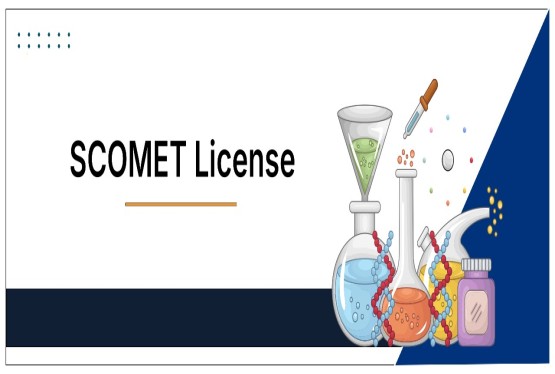















































































_crop10_thumb.jpg)








 in BIS FMCS_learn_crop10_thumb.jpg)










_crop10_thumb.jpg)














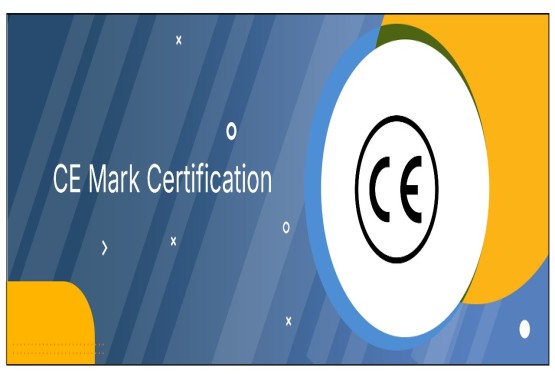
_crop10_thumb.jpg)





_Code C-888_learn_crop10_thumb.jpeg)
_learn_crop10_thumb.jpg)
































































_Certificate_learn_crop10_thumb.jpg)

_Certificate_(1)_crop10_thumb.jpg)

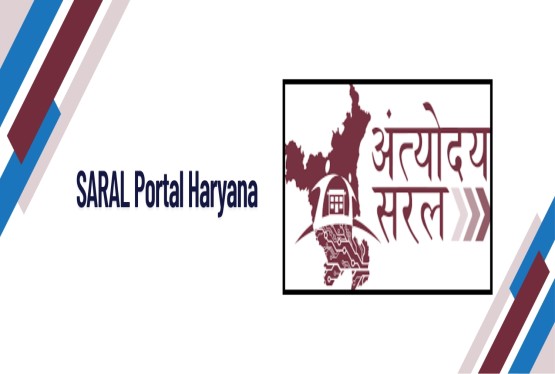




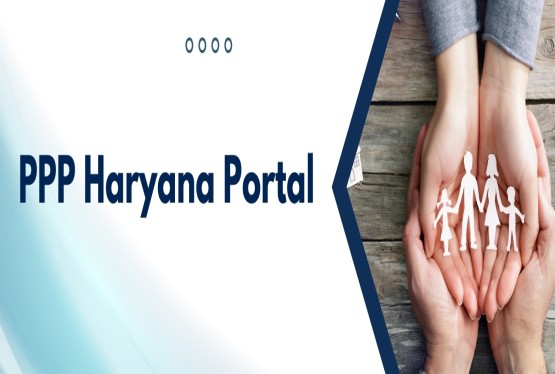








_learn_crop10_thumb.jpg)

_crop10_thumb.jpg)


















_Scheme_learn_crop10_thumb.jpg)


_learn_crop10_thumb.jpg)

